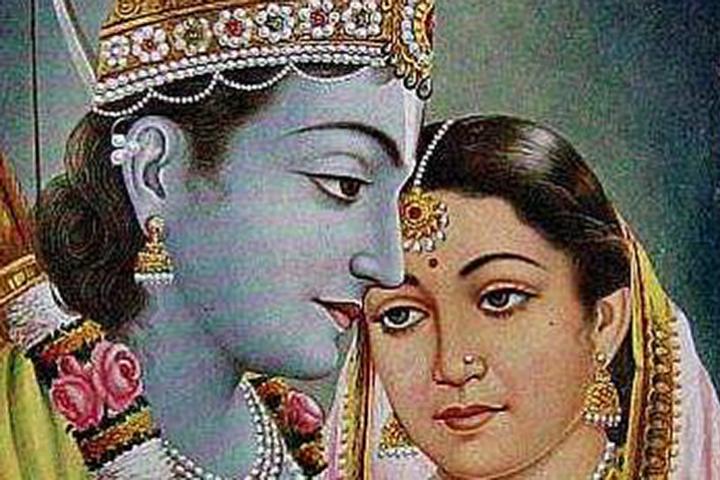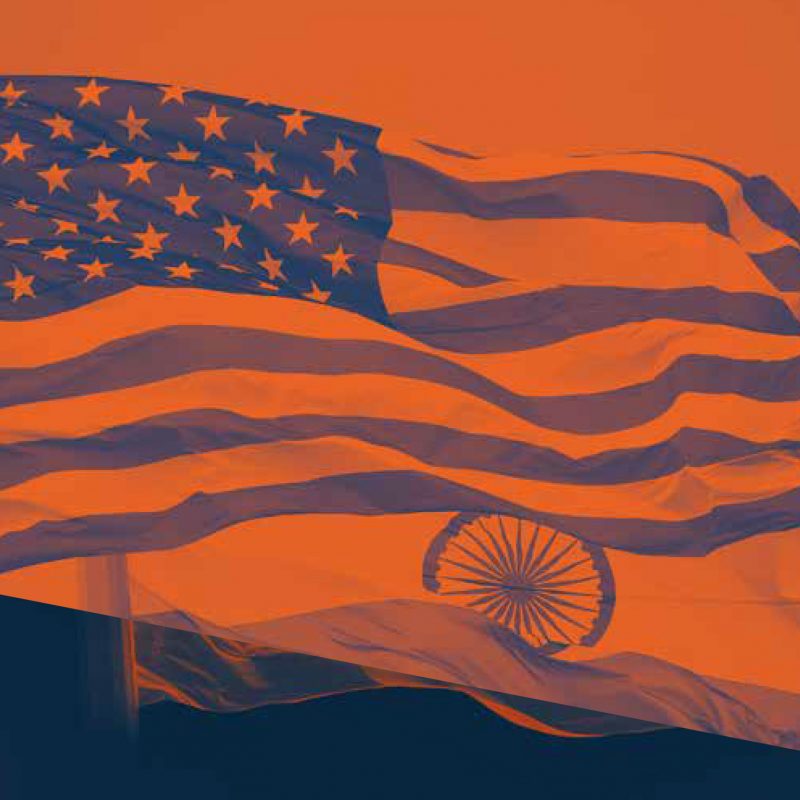
Following Nina Davuluri’s Miss America victory, Mallika Rao wrote a provocative essay on why Davuluri could never win a beauty pageant in the Indian subcontinent. Rao’s post is in many ways a spot-on assessment of how many folks of South Asian descent obsess over skin color.
Colorism, as it turns out, is a deeply rooted issue among many within the Indian Diaspora, and it’s not limited to one particularly faith tradition or ethnicity. While there might be a legacy of colonialism embedded within color preferences (and India’s multimillion-dollar obsession over skin-lightening products), to cast blame solely on British occupation would be folly. It is quite common for cultures to value rare qualities, including the idea of the fair maiden of lore. Even Hindu stories, such as the story of Lord Krishna’s consort Radha, lionized “fair skin” as a virtue.
Unfortunately, there is a perception among many in the West that colorism (and even racism) is somehow a product of caste, and that the contemporary view of social stratification within India is somehow linked to skin color. More alarmingly, some scholars have even made ludicrous claims that social stratification by skin color is somehow inherent within Hinduism. This argument has been embraced by Christian missionary organizations such as the Dalit Freedom Network, which claim that caste discrimination is uniquely Hindu and tantamount to racial oppression.
Textbooks have also been guilty of this ugly falsehood, especially in their claims about “light-skinned Aryans” ruling over “darker-skinned Dravidians,” leading many public school teachers to believe that they can simplify caste as a case of Jim Crow racism among Indians (or Hindus). I met a teacher at a social studies conference recently who seemed surprised when I told her that caste discrimination is not sanctioned by Hindu scriptures (there was no such thing in the Vedas), nor does it have anything to do with skin color.
Where to begin? There is so much work to be done in terms of educating our educators about the complex history of caste without whitewashing or dancing around the very real caste discrimination that exists within all faith traditions in India (yes, all religious groups in India, including Christians, practice some form of casteism). The Hindu American Foundation attempted to explain caste in its complexity several years ago, condemning caste-based discrimination while also explaining how Hinduism never sanctioned any form of social stratification.
But even such efforts can’t singlehandedly counteract generations of Eurocentric perceptions of Hinduism and its social norms. Caste and color have over time become convenient ways of explaining social discrimination, ignoring the fact that the diversity of hues among the Indian Diaspora occurs within families. In my own family, for example, we run the spectrum from light (or “fair,” as many Indians like to say) to very dark, a point I’ve underscored in my presentations to educators. Caste and color have nothing to do with each other, yet what is taught in classrooms perpetuates a myth that can greatly damage others’ understanding about Hinduism (and Indian-Americans) and the psyches of students of South Asian descent.
Here are some important bullet points for educators to consider (and Hindu American parents to use when necessary):
- The term caste and idea of an ancient and contemporary caste system was developed as a theory by Europeans. It involved conflating the ancient Vedic social classes described as being based on temperament (varnas) and actual social groups organized around traditional occupation, lineage, and other social markers (jatis). Despite what textbooks have asserted, those groupings were fluid, and there was social mobility.
- Despite claims about light-skinned invaders taking over dark-skinned indigenous groups on the subcontinent, no archaeological or genetic evidence exists to support those claims. And the caste system was not based on the spectrum of hues.
- Colorism is a real fixation among some folks in the South Asian community (just as it has been in others such as the African-American community), but it in no way has connection to any religious background or tradition. Perhaps educators need to make note of this as they deal with students of all hues in their classrooms.
Will these points help? I certainly hope so, but there is so much more to do in having conversations within the community and with others about the prevailing influence of skin color in social spheres. But it’s clear, that moving forward, caste needs to be cast out of those discussions.








































